Home>Gardening & Outdoor>Landscaping Ideas>How To Care For Bermuda Grass
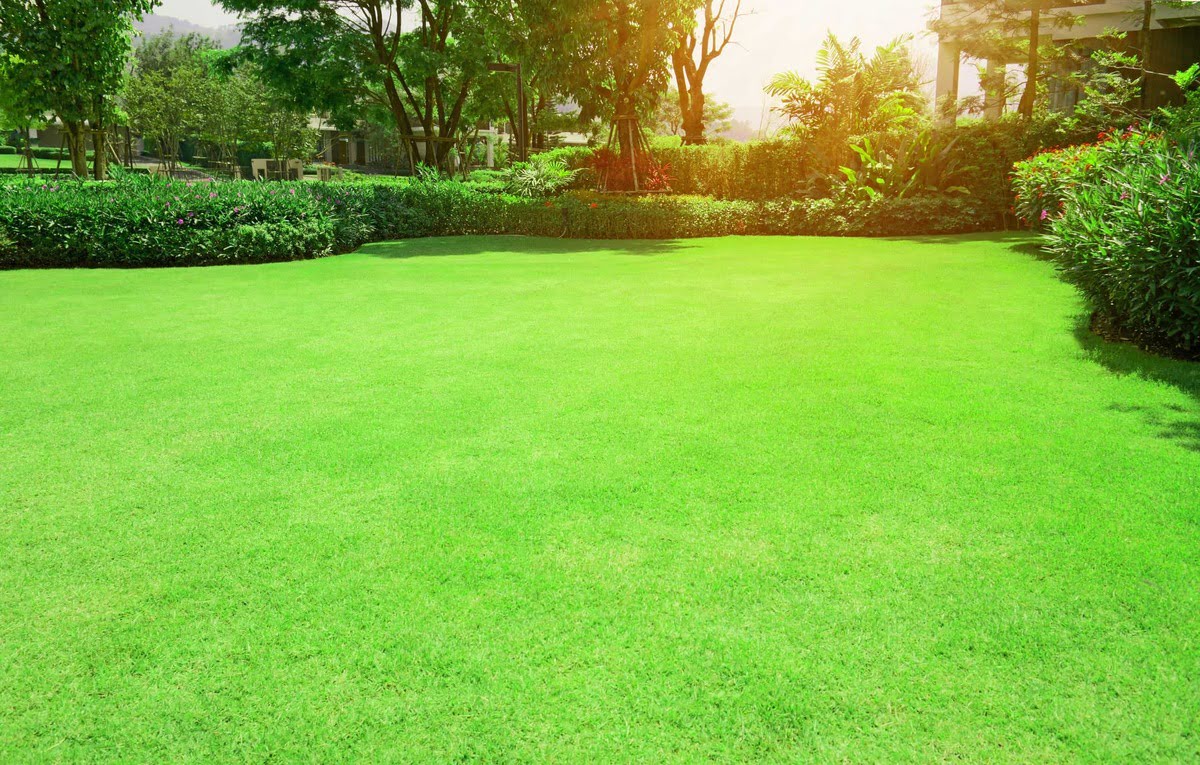

Landscaping Ideas
How To Care For Bermuda Grass
Modified: March 28, 2024
Learn the best landscaping ideas for caring for Bermuda grass, including maintenance tips and techniques to keep your lawn looking lush and healthy. Discover how to achieve a beautiful Bermuda grass lawn.
(Many of the links in this article redirect to a specific reviewed product. Your purchase of these products through affiliate links helps to generate commission for Storables.com, at no extra cost. Learn more)
Introduction
So, you've decided to cultivate a lush, vibrant lawn, and you've chosen Bermuda grass as your green canvas. Congratulations! You're about to embark on a journey that will reward you with a resilient, verdant carpet of grass that can withstand the rigors of various climates and foot traffic. Caring for Bermuda grass involves a combination of art and science, and with the right guidance, you can transform your outdoor space into a picturesque oasis.
In this comprehensive guide, we will delve into the intricacies of nurturing Bermuda grass, offering invaluable insights and practical tips to help you achieve a thriving lawn. From understanding the unique characteristics of Bermuda grass to mastering the art of watering, fertilizing, mowing, and addressing common issues such as weeds and pests, we've got you covered. Additionally, we'll explore the nuances of winter care, ensuring that your Bermuda grass remains resilient and ready to flourish when the frost thaws.
Whether you're a seasoned lawn care enthusiast or a novice homeowner eager to elevate your outdoor aesthetic, this guide will equip you with the knowledge and confidence to nurture your Bermuda grass with care and expertise. So, grab your gardening gloves and let's dive into the world of Bermuda grass maintenance, where each blade of grass holds the promise of a vibrant, inviting landscape.
Key Takeaways:
- Bermuda grass thrives in hot climates, needing 6-8 hours of sunlight daily. Proper watering, mowing, and fertilizing are crucial for a lush, resilient lawn.
- To care for Bermuda grass, prevent weeds and pests with proactive measures. Adjust watering and mowing in winter to ensure a vibrant resurgence in spring.
Read more: How To Plug Bermuda Grass
Understanding Bermuda Grass
Bermuda grass (Cynodon dactylon) is a warm-season grass known for its exceptional resilience and adaptability. This grass variety thrives in regions with hot summers and mild winters, making it a popular choice for lawns, parks, and athletic fields in such climates. Its fine texture, vibrant green color, and vigorous growth make it a sought-after turfgrass species for homeowners and landscapers alike.
One of the key characteristics of Bermuda grass is its remarkable tolerance for high temperatures and drought. It can endure prolonged periods of heat and requires minimal water compared to cool-season grasses, making it an ideal choice for arid and semi-arid regions. Additionally, Bermuda grass exhibits excellent wear resistance, quickly recovering from damage caused by foot traffic and recreational activities.
When establishing Bermuda grass, it's essential to consider its sunlight requirements. This grass variety thrives in full sun, requiring at least 6 to 8 hours of direct sunlight daily. In shaded areas, Bermuda grass may struggle to thrive, leading to thinning and decreased vigor. Understanding these light preferences is crucial for achieving optimal growth and lush coverage.
Furthermore, Bermuda grass is renowned for its rapid growth rate during the warm season. This vigorous growth allows it to quickly fill in bare patches and create a dense, uniform lawn. However, this same trait necessitates regular maintenance, including mowing and edging, to prevent the grass from encroaching on walkways and flower beds.
As you embark on your journey to care for Bermuda grass, understanding its unique traits and growth habits will empower you to provide the optimal conditions for its flourishing. With the right knowledge and a touch of TLC, you can transform your outdoor space into a haven of vibrant Bermuda grass, where each blade stands as a testament to nature's resilience and beauty.
Watering Bermuda Grass
Proper watering is essential for maintaining the health and vibrancy of Bermuda grass. As a warm-season grass, Bermuda grass thrives in drier conditions and has a remarkable ability to withstand periods of drought. However, to ensure its lush green appearance and vigorous growth, it’s crucial to implement a well-managed watering regimen.
When establishing Bermuda grass, consistent and deep watering is vital to encourage robust root development. During the initial establishment phase, which typically spans the first three to four weeks after planting or sprigging, the grass should receive frequent, light irrigation to keep the soil consistently moist. This promotes the growth of a strong and extensive root system, laying the foundation for a resilient and drought-tolerant lawn.
Once Bermuda grass is established, transitioning to a deeper and less frequent watering schedule is recommended. Deep watering encourages the roots to grow deeper into the soil, enhancing their ability to access moisture and nutrients. This can be achieved by providing approximately 1 inch of water per week, either through rainfall or irrigation. However, it’s important to adjust the frequency and duration of watering based on environmental factors such as temperature, humidity, and soil composition.
During periods of intense heat or drought, Bermuda grass may exhibit signs of water stress, such as a dull bluish hue or wilting. In response to these indicators, it’s crucial to supplement natural rainfall with additional irrigation to support the grass’s vitality. However, it’s essential to avoid overwatering, as excessive moisture can lead to shallow root growth and create an environment conducive to disease and pest infestations.
Implementing a morning watering schedule is beneficial, as it allows the grass to dry before evening, reducing the risk of fungal diseases. Additionally, using a soaker hose or an irrigation system with adjustable settings can facilitate precise and efficient water distribution, ensuring that the entire lawn receives adequate moisture without unnecessary runoff or waste.
By understanding the water needs of Bermuda grass and tailoring your watering practices to align with its growth stages and environmental conditions, you can nurture a resilient and verdant lawn that embodies the natural beauty and endurance of this remarkable grass variety.
Fertilizing Bermuda Grass
Fertilizing Bermuda grass is a fundamental aspect of maintaining its lush appearance and promoting vigorous growth. By providing essential nutrients, you can support the grass’s resilience and ensure that it remains vibrant throughout the growing season. Understanding the principles of fertilization and implementing a well-defined schedule will empower you to cultivate a thriving Bermuda grass lawn that becomes the envy of the neighborhood.
Before applying fertilizer, it’s beneficial to conduct a soil test to assess the pH level and nutrient composition of the soil. This analysis can provide valuable insights into the specific fertilizer requirements of your Bermuda grass, guiding you in selecting the most suitable products and application rates. In general, Bermuda grass thrives in slightly acidic soil with a pH range of 6.0 to 7.0, and the soil test results can inform any necessary pH adjustments.
When initiating a fertilization program for Bermuda grass, it’s essential to understand the role of nitrogen, phosphorus, and potassium – the three primary nutrients essential for healthy plant growth. Nitrogen, in particular, is crucial for promoting lush, green foliage and stimulating vigorous shoot growth, making it a key component of Bermuda grass fertilizers. However, excessive nitrogen application can lead to rapid growth and increased mowing frequency, so it’s important to follow recommended application rates.
For established Bermuda grass, a balanced fertilizer with a 4-1-2 ratio of nitrogen, phosphorus, and potassium is often recommended. This balanced formulation provides the grass with the necessary nutrients for sustained growth and resilience. Applying fertilizer in early spring, as the grass begins to emerge from dormancy, and again in late spring or early summer can support the grass’s vitality and vigor throughout the active growing season.
It’s crucial to distribute the fertilizer evenly across the lawn, using a calibrated spreader to ensure uniform coverage. Following the application, lightly watering the lawn can help the fertilizer penetrate the soil and reach the root zone, facilitating nutrient absorption. Additionally, refraining from mowing for a few days after fertilization can allow the grass to effectively utilize the nutrients for growth and development.
By adopting a strategic approach to fertilizing Bermuda grass, you can provide the essential nutrients it needs to thrive, resulting in a resilient and visually stunning lawn that exemplifies the natural allure and vitality of this remarkable grass variety.
Mowing Bermuda Grass
Mowing is a crucial aspect of Bermuda grass maintenance, shaping its appearance and influencing its overall health and resilience. When approached with care and precision, mowing can contribute to the development of a lush, dense lawn that withstands the demands of varying climates and usage. Understanding the optimal mowing practices for Bermuda grass is essential for nurturing a vibrant and visually appealing outdoor space.
One of the key factors to consider when mowing Bermuda grass is the ideal mowing height. Bermuda grass thrives when maintained at a height of around 1 to 1.5 inches. This relatively low mowing height encourages the grass to develop a dense, uniform canopy and promotes lateral growth, resulting in a resilient and visually striking lawn. However, it’s crucial to avoid scalping the grass, as excessively low mowing can stress the turf and impede its ability to withstand environmental stressors.
Regular mowing is essential during the active growing season, as Bermuda grass exhibits rapid growth in warm temperatures. To prevent the grass from becoming excessively tall and unkempt, it’s recommended to mow it at least once a week. However, adjusting the mowing frequency based on the grass’s growth rate and ensuring that no more than one-third of the grass blade is removed during each mowing session can support its health and vigor.
When mowing Bermuda grass, utilizing a sharp mower blade is paramount. Dull blades can tear the grass, resulting in a ragged appearance and leaving the turf vulnerable to stress and disease. Regularly sharpening the mower blade or replacing it when necessary can ensure clean, precise cuts that promote the grass’s overall well-being and visual appeal.
Implementing a varied mowing pattern can also benefit Bermuda grass, preventing the development of ruts and minimizing soil compaction. Altering the direction of mowing with each session can encourage upright grass growth and contribute to a more uniform and aesthetically pleasing lawn.
By embracing the art of mowing and adhering to these best practices, you can elevate the beauty and resilience of your Bermuda grass, cultivating a captivating lawn that embodies the natural splendor and endurance of this remarkable grass variety.
Water Bermuda grass deeply and infrequently, allowing the soil to dry out between waterings to encourage deep root growth and drought tolerance.
Read more: How To Identify Coastal Bermuda Grass
Controlling Weeds in Bermuda Grass
Maintaining a pristine and vibrant Bermuda grass lawn involves proactive weed control measures to safeguard the grass’s health and visual appeal. Weeds not only detract from the overall aesthetics of the lawn but also compete with Bermuda grass for essential nutrients, water, and sunlight. Understanding effective weed control strategies and implementing preventive measures can help preserve the resilience and lushness of your Bermuda grass.
One of the primary approaches to weed control in Bermuda grass is promoting a dense and vigorous turf through proper maintenance practices. By adhering to a consistent mowing regimen and providing adequate irrigation and fertilization, you can encourage the development of a healthy Bermuda grass lawn that naturally suppresses weed growth. Additionally, overseeding sparse areas with Bermuda grass can further enhance the lawn’s density, minimizing opportunities for weed establishment.
Implementing pre-emergent herbicides in early spring can effectively prevent the germination of weed seeds, inhibiting the emergence of common broadleaf and grassy weeds in Bermuda grass lawns. These herbicides create a barrier in the soil, disrupting the growth of weed seedlings and contributing to long-term weed control. It’s important to apply pre-emergent herbicides according to the manufacturer’s recommendations and to consider factors such as soil temperature and moisture for optimal effectiveness.
In the event of established weeds infiltrating the Bermuda grass lawn, selective post-emergent herbicides tailored to the specific weed species can be employed. These herbicides target the unwanted weeds while minimizing impact on the Bermuda grass, offering targeted and effective control. It’s essential to identify the weed species accurately and select an appropriate herbicide to mitigate weed infestations without compromising the health of the Bermuda grass.
Hand weeding can also be a valuable component of weed control, particularly for isolated or stubborn weed growth. Removing weeds by hand, along with their roots, can prevent their proliferation and contribute to the overall tidiness and uniformity of the lawn. Regular inspections and prompt removal of weeds can prevent them from establishing a foothold and spreading throughout the Bermuda grass.
By integrating these proactive weed control strategies into your lawn care routine, you can preserve the immaculate appearance and vitality of your Bermuda grass, cultivating a resilient and visually captivating outdoor space that embodies the natural allure and endurance of this remarkable grass variety.
Dealing with Pests in Bermuda Grass
Protecting Bermuda grass from potential pest infestations is essential for maintaining its lush appearance and overall health. Pests such as insects and nematodes can compromise the resilience and vigor of Bermuda grass, leading to discoloration, thinning, and potential long-term damage if left unchecked. Understanding the signs of pest activity and implementing preventive and remedial measures can help safeguard your Bermuda grass from the threats posed by these intruders.
Among the common pests that can afflict Bermuda grass, white grubs and armyworms are notable adversaries that can cause significant harm if not addressed promptly. White grubs, the larvae of certain beetle species, feed on the grass roots, leading to wilting and browning of the turf. Armyworms, on the other hand, consume the grass blades, resulting in irregular patches of defoliation. Regular monitoring of the lawn for signs of wilting, thinning, or irregular feeding patterns can facilitate early detection of pest activity.
Implementing cultural practices that promote the health and resilience of Bermuda grass can mitigate the risk of pest infestations. Proper irrigation and fertilization, along with regular mowing at the appropriate height, can contribute to the grass’s vigor, making it less susceptible to pest damage. Additionally, ensuring adequate soil drainage and reducing thatch buildup can create an environment that is less favorable to certain pests.
In cases where pest populations pose a significant threat to the Bermuda grass, targeted insecticidal treatments can be employed to control their proliferation. Selective insecticides designed to combat specific pests, applied according to recommended guidelines and timing, can effectively mitigate pest activity while minimizing impact on beneficial organisms and the environment. It’s crucial to accurately identify the pest species and select an appropriate control method to achieve optimal results.
Nematodes, microscopic roundworms that inhabit the soil, can also pose a threat to Bermuda grass, causing root damage and stunted growth. Implementing nematode-resistant grass varieties and maintaining proper soil moisture and aeration can help mitigate nematode-related issues. Additionally, soil solarization, a process that involves heating the soil to eliminate nematodes and other soil-borne pests, can be an effective preventive measure.
By remaining vigilant and proactive in addressing potential pest threats, you can preserve the vitality and allure of your Bermuda grass, cultivating a resilient and visually captivating lawn that embodies the natural splendor and endurance of this remarkable grass variety.
Overcoming Common Bermuda Grass Problems
While Bermuda grass is prized for its resilience and adaptability, it is susceptible to certain challenges that can impact its overall health and appearance. By familiarizing yourself with these common issues and implementing targeted solutions, you can effectively address and overcome potential obstacles, nurturing a thriving and visually captivating Bermuda grass lawn.
One prevalent issue that Bermuda grass may encounter is thatch buildup, a dense layer of organic debris that accumulates between the soil and the base of the grass blades. Excessive thatch can impede water and nutrient infiltration, leading to shallow root growth and increased susceptibility to pest infestations. Core aeration, a process that involves removing small plugs of soil from the lawn, can help alleviate thatch buildup and enhance soil aeration, promoting the grass’s overall vigor.
Another common challenge for Bermuda grass is soil compaction, which can hinder root development and impede the grass’s ability to access essential nutrients and moisture. Core aeration, in addition to mechanical or manual soil loosening, can alleviate compaction and create an environment conducive to robust root growth and overall turf health.
Furthermore, Bermuda grass lawns may be susceptible to fungal diseases such as dollar spot and brown patch, particularly in conditions of high humidity and poor air circulation. Implementing proper watering practices, such as morning irrigation to allow the grass to dry before evening, and avoiding excessive nitrogen fertilization can help minimize the risk of fungal diseases. Additionally, selective fungicidal treatments can be employed to address active fungal infestations and prevent their recurrence.
Soil pH imbalance can also pose a challenge for Bermuda grass, affecting its nutrient uptake and overall health. Conducting a soil test and adjusting the pH level to the optimal range of 6.0 to 7.0 can create a favorable environment for the grass’s growth and resilience. Applying lime to raise the pH or elemental sulfur to lower it can help restore the soil’s balance and support the health of Bermuda grass.
By proactively addressing these common Bermuda grass problems through targeted solutions and preventive measures, you can cultivate a resilient and visually captivating lawn that embodies the enduring allure and vitality of this remarkable grass variety.
Winter Care for Bermuda Grass
As the temperatures begin to cool and the growing season draws to a close, it’s essential to prepare Bermuda grass for the dormancy period and ensure its vitality and resilience during the winter months. By implementing strategic winter care practices, you can safeguard the health and appearance of your Bermuda grass, setting the stage for a vibrant resurgence when the spring arrives.
One crucial aspect of winter care for Bermuda grass is gradually reducing irrigation as the temperatures decline. This gradual transition allows the grass to acclimate to drier conditions and minimizes the risk of excessive moisture, which can create an environment conducive to disease development. Adjusting the watering schedule to align with the grass’s reduced growth rate and the natural decrease in water requirements can support the grass’s dormancy process.
Before the onset of winter, it’s beneficial to conduct a final mowing session to trim the Bermuda grass to the appropriate height. Trimming the grass slightly shorter than the typical mowing height can help prevent matting and snow mold formation during the winter months. Additionally, clearing the lawn of debris, such as fallen leaves and branches, can promote air circulation and minimize potential pest habitats, contributing to the overall health of the grass.
Implementing a strategic fertilization regimen in late fall can provide Bermuda grass with essential nutrients to support its root system and overall resilience during dormancy. A balanced, slow-release fertilizer applied according to recommended rates can enhance the grass’s ability to withstand winter stressors and prepare it for a vigorous resurgence in the spring.
During periods of prolonged cold or frost, it’s advisable to refrain from walking or driving on the dormant Bermuda grass, as this can cause damage to the fragile turf and impede its ability to recover when the temperatures rise. Minimizing traffic and disturbances on the lawn can help preserve its integrity and set the stage for a healthy and vibrant regrowth in the coming season.
By embracing these winter care practices and providing your Bermuda grass with the attention it needs during dormancy, you can nurture its vitality and resilience, ensuring that it emerges from the winter months with renewed vigor and the promise of a lush, inviting lawn that embodies the natural allure and endurance of this remarkable grass variety.
Read more: How To Recognize Bermuda Grass
Conclusion
Caring for Bermuda grass is a journey marked by the harmonious interplay of attentive maintenance and the inherent resilience of this remarkable grass variety. From the sun-drenched days of summer to the dormant embrace of winter, nurturing Bermuda grass demands a blend of artistry, science, and unwavering dedication. As each blade of grass sways in the breeze, it holds a testament to the enduring beauty and vitality that characterizes this beloved turfgrass.
Throughout this comprehensive guide, we’ve explored the intricacies of Bermuda grass care, delving into the nuances of watering, fertilizing, mowing, and addressing common challenges such as weeds, pests, and seasonal transitions. We’ve uncovered the art of cultivating a dense, vibrant lawn that stands as a testament to nature’s resilience and the rewards of attentive stewardship.
Understanding the unique traits of Bermuda grass, from its rapid growth rate to its remarkable tolerance for heat and drought, empowers us to create an environment where this grass variety can thrive. By embracing strategic watering practices, providing essential nutrients through fertilization, and maintaining the optimal mowing height, we can shape Bermuda grass into a verdant tapestry that captivates the eye and soothes the soul.
Confronting common challenges, such as weed infestations, pest activity, and soil imbalances, requires vigilance and strategic interventions. By implementing targeted solutions and preventive measures, we can fortify Bermuda grass against potential threats, ensuring that it remains resilient and visually captivating throughout the seasons.
As we navigate the transition into winter, we prepare Bermuda grass for its dormancy, providing the necessary care to safeguard its vitality and set the stage for a vibrant resurgence in the spring. By adjusting the watering schedule, conducting a final mowing session, and nourishing the grass with essential nutrients, we honor its natural rhythms and lay the groundwork for a triumphant return.
In the tapestry of lawn care, Bermuda grass stands as a testament to the enduring allure and vitality of nature’s creations. By embracing the art and science of caring for this remarkable grass variety, we cultivate outdoor spaces that beckon with lushness and resilience, inviting us to revel in the splendor of a well-tended lawn. Each blade of Bermuda grass becomes a brushstroke in the canvas of our landscapes, weaving a story of endurance, beauty, and the rewards of dedicated stewardship.
So, as we tread the paths of Bermuda grass care, let us continue to nurture, protect, and celebrate the resilience and natural allure of this beloved turfgrass, knowing that each blade holds the promise of a vibrant, inviting landscape that embodies the enduring splendor of nature.
Frequently Asked Questions about How To Care For Bermuda Grass
Was this page helpful?
At Storables.com, we guarantee accurate and reliable information. Our content, validated by Expert Board Contributors, is crafted following stringent Editorial Policies. We're committed to providing you with well-researched, expert-backed insights for all your informational needs.
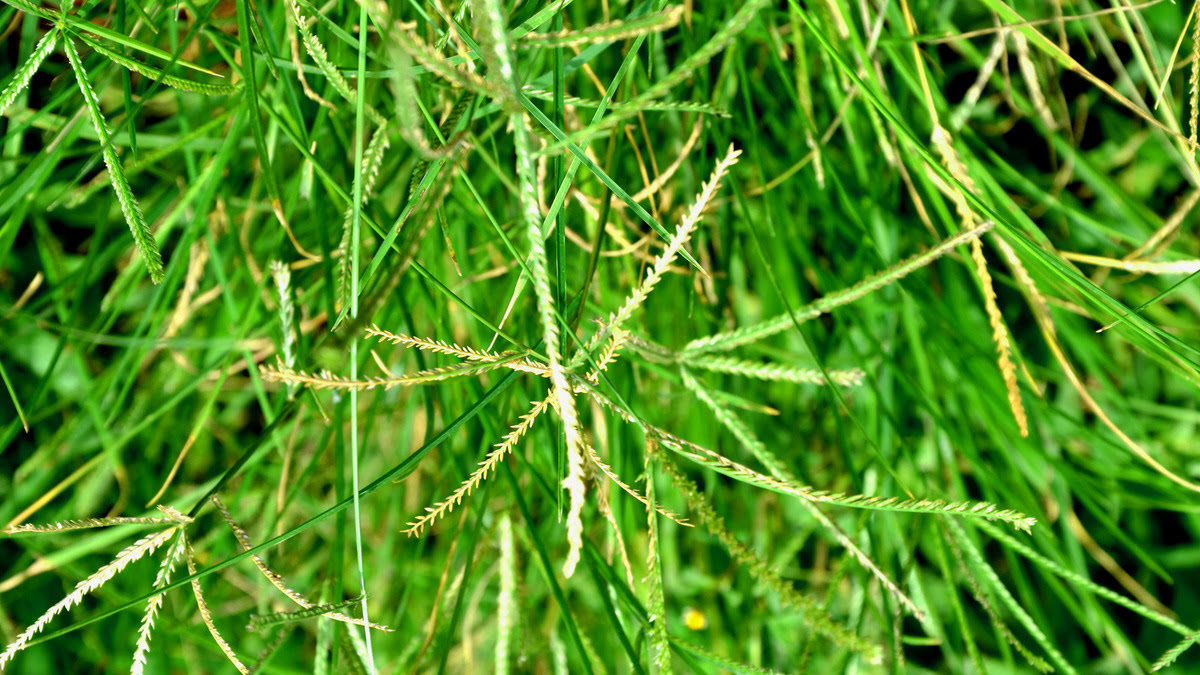
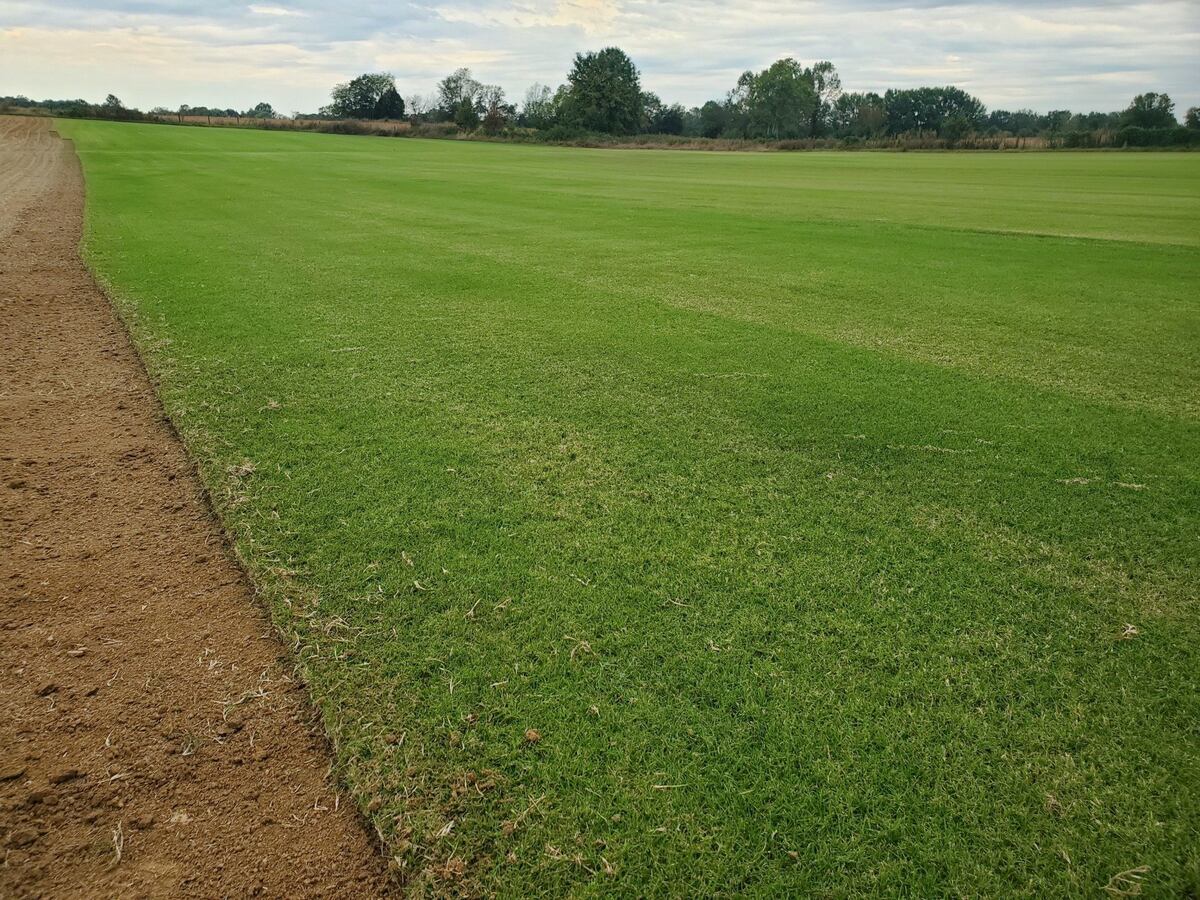
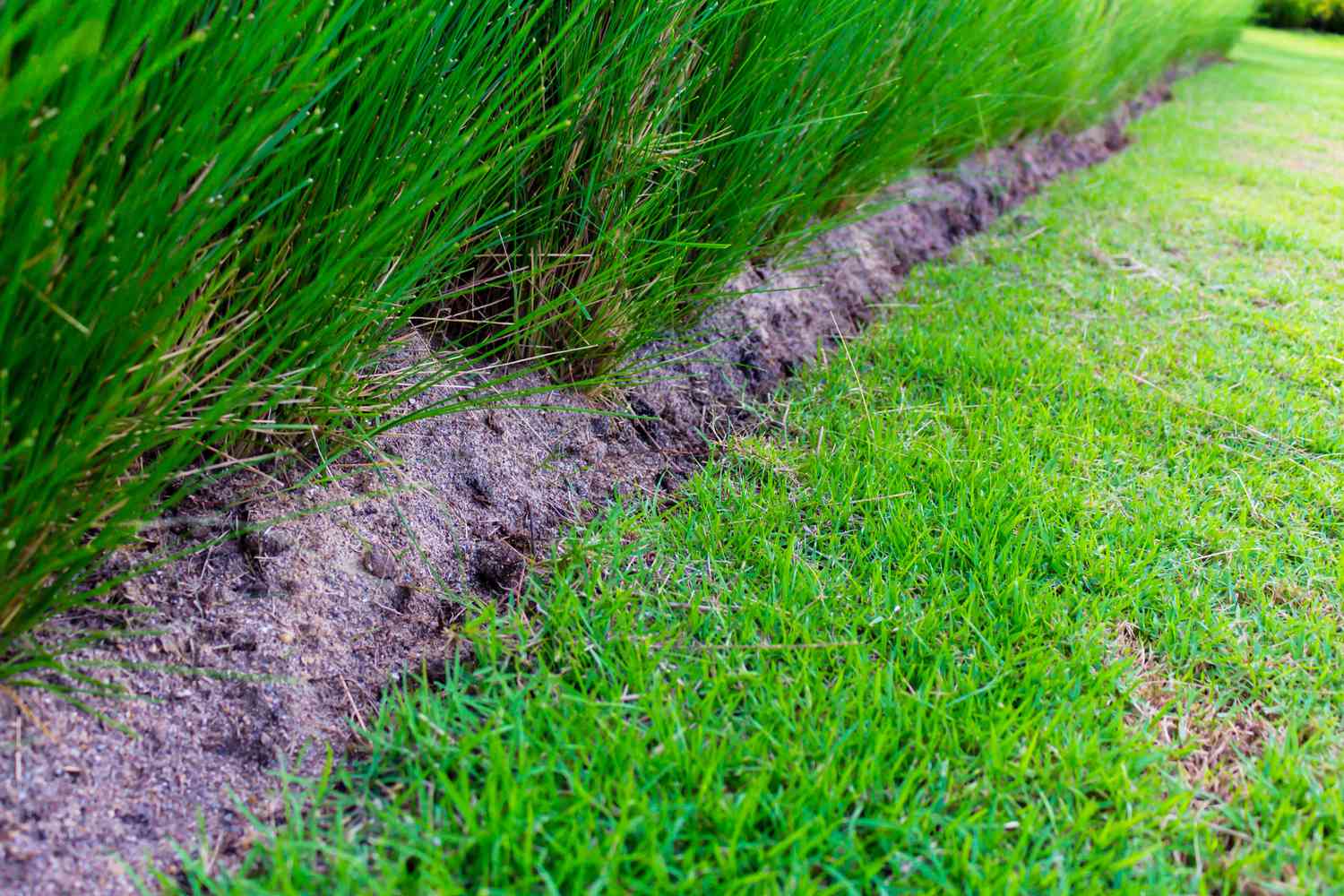
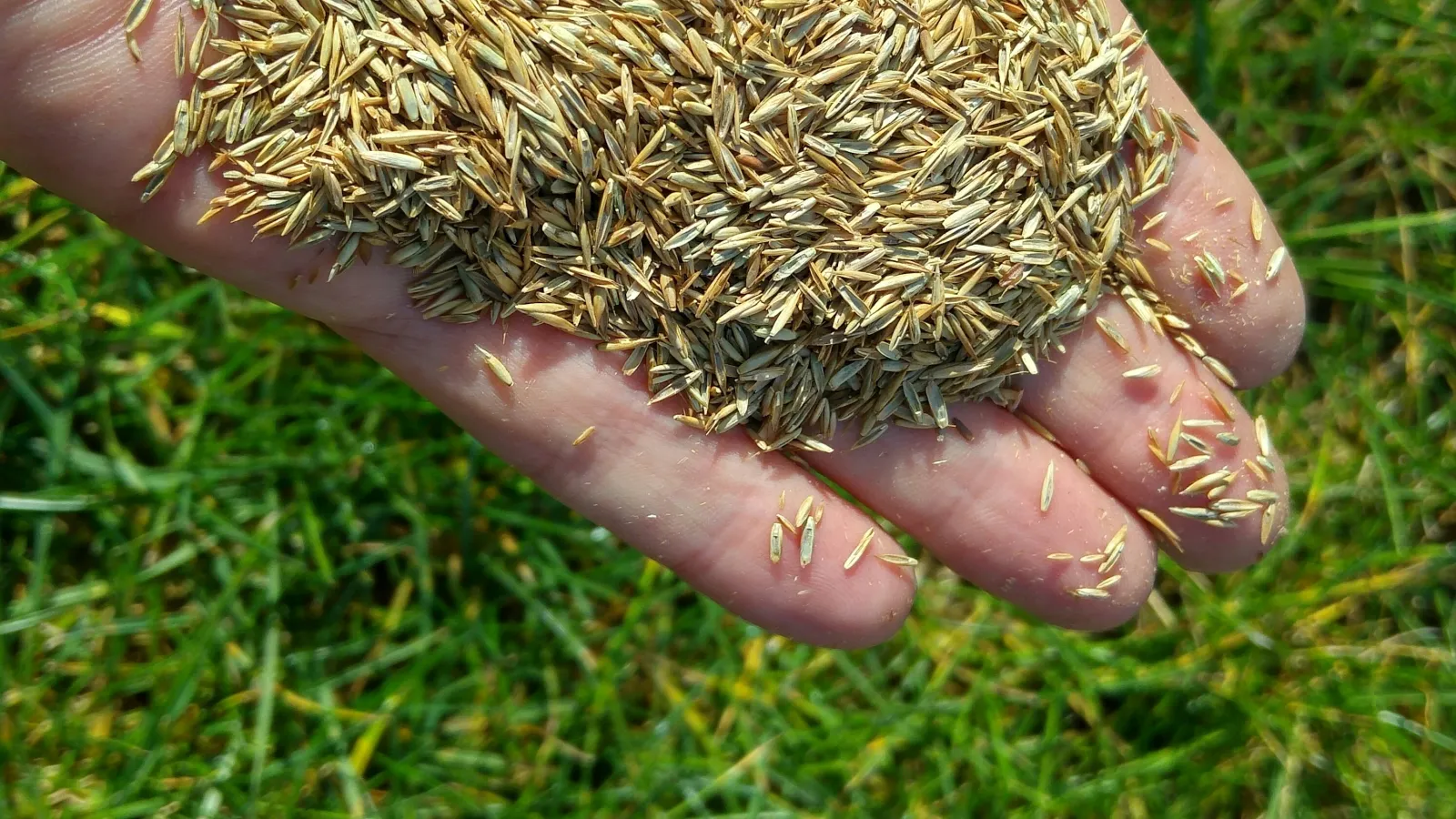
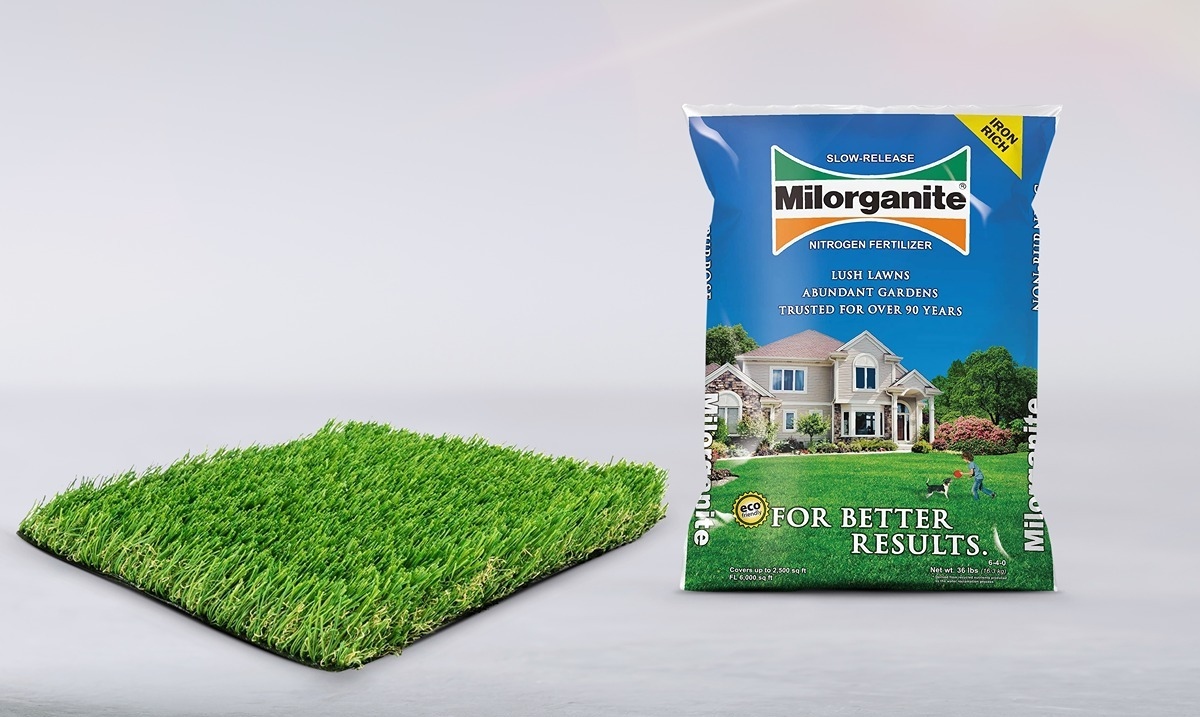

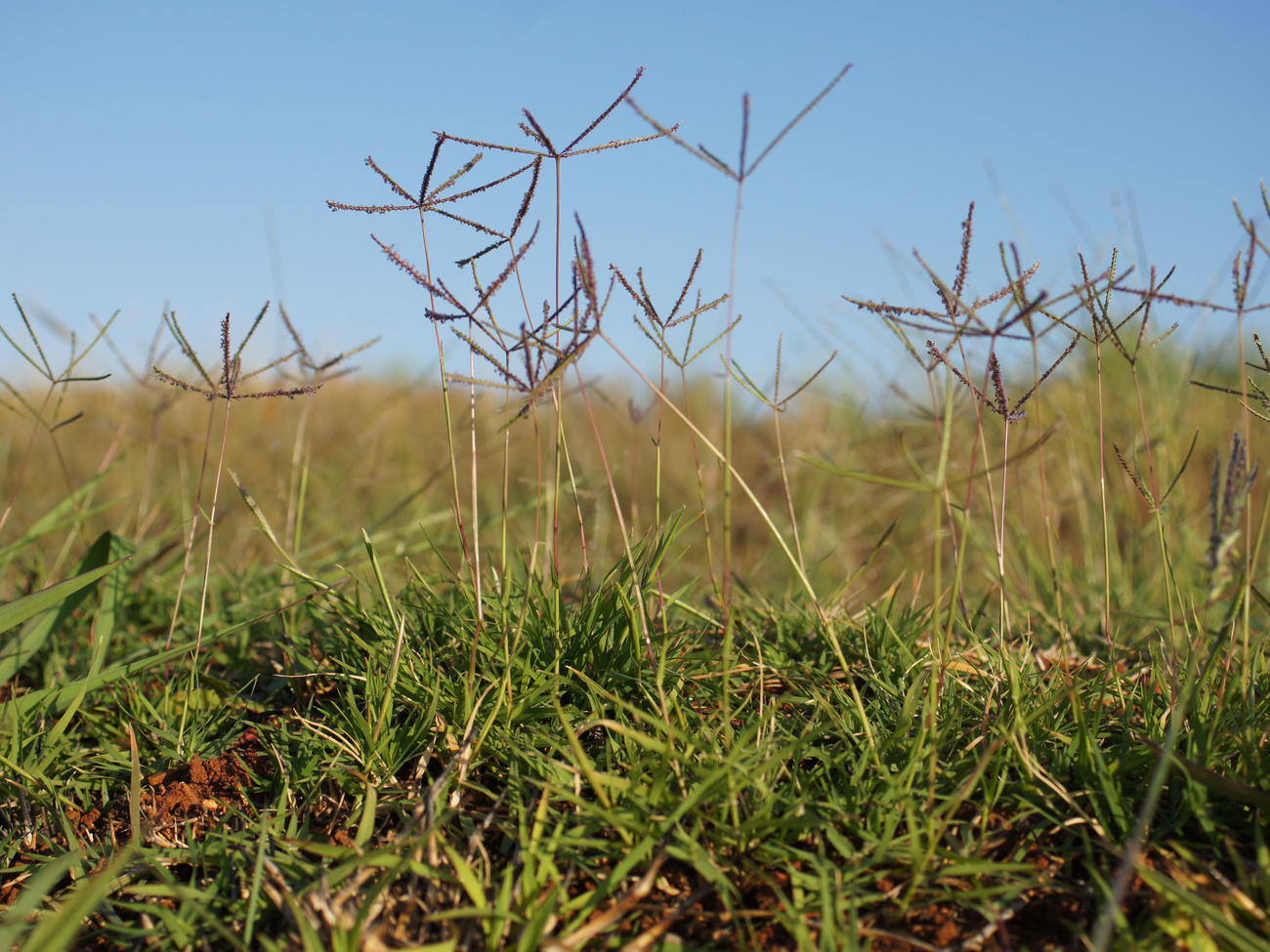
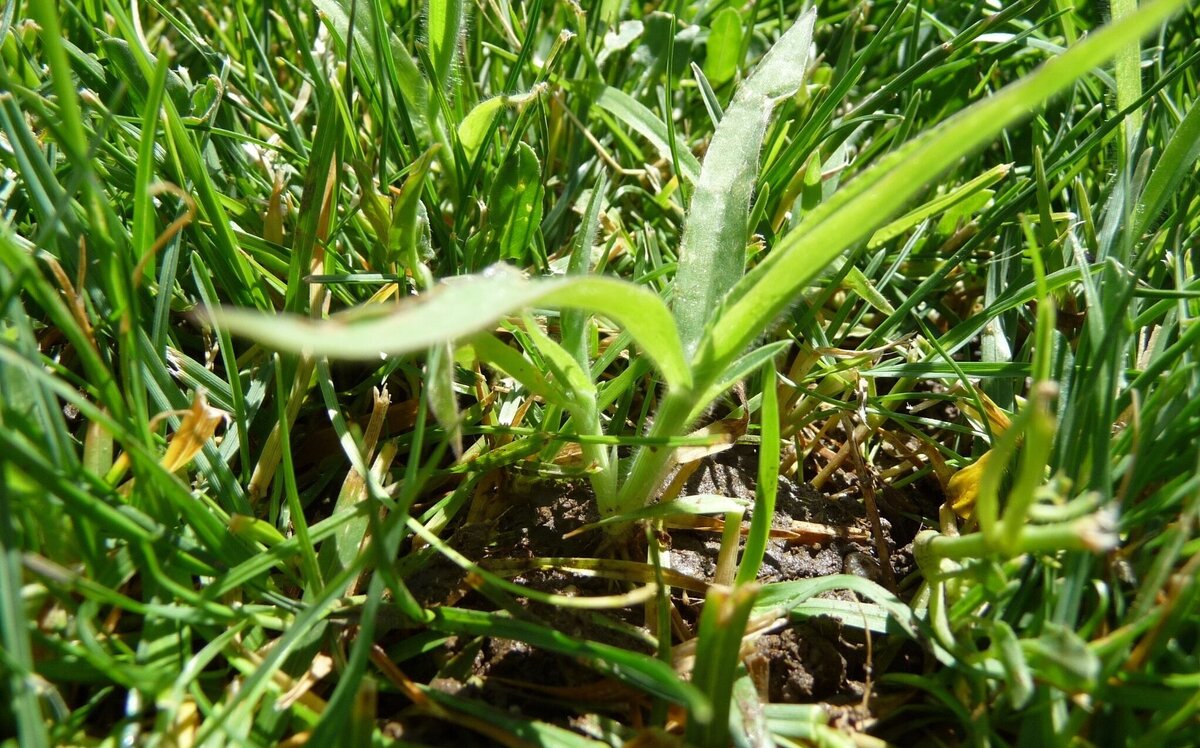
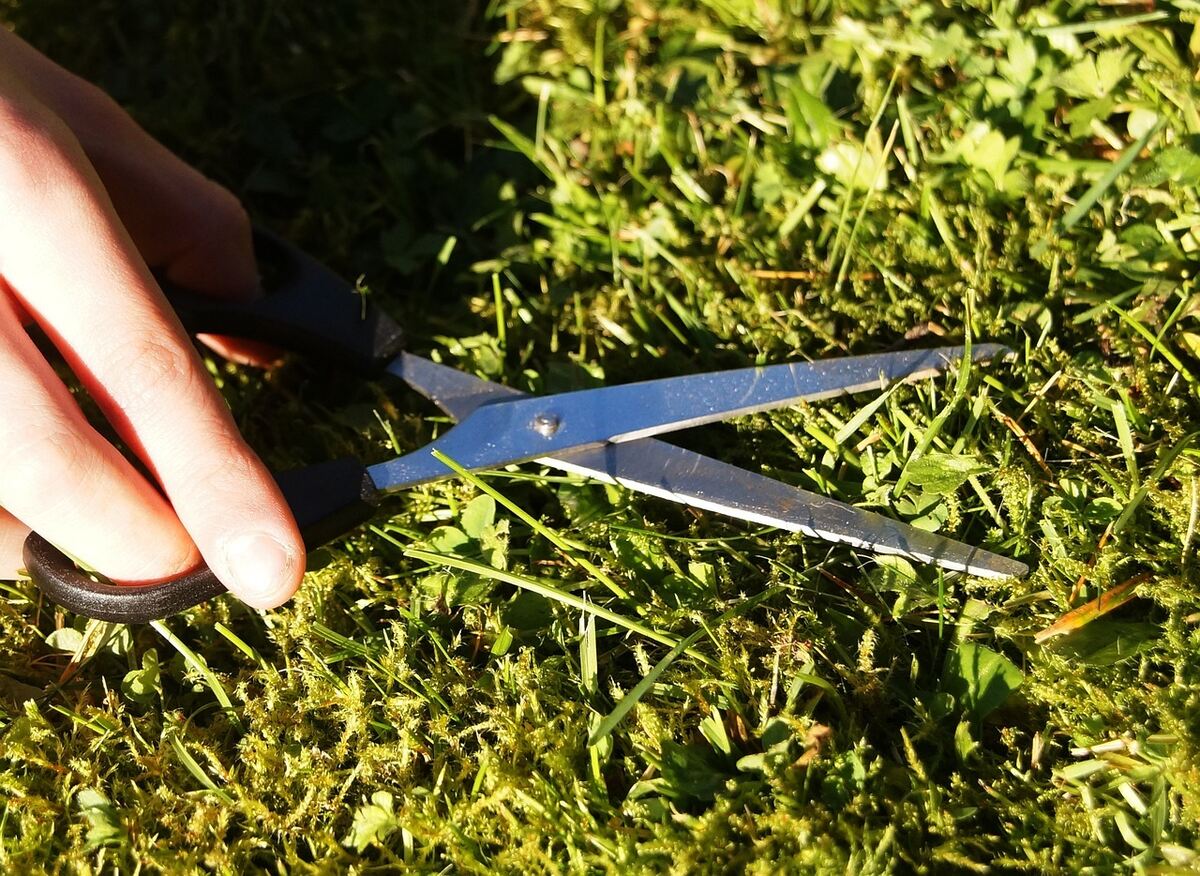
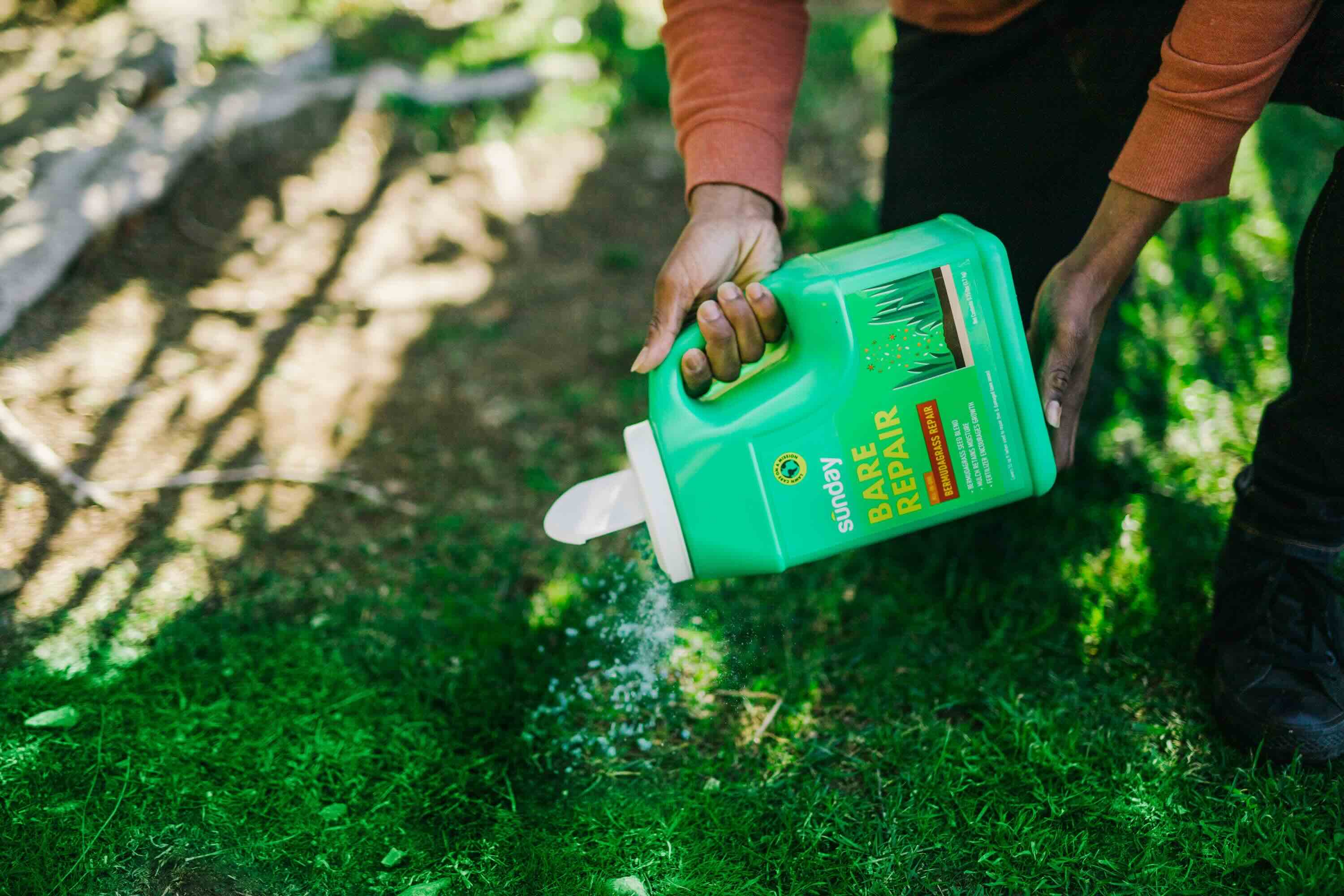
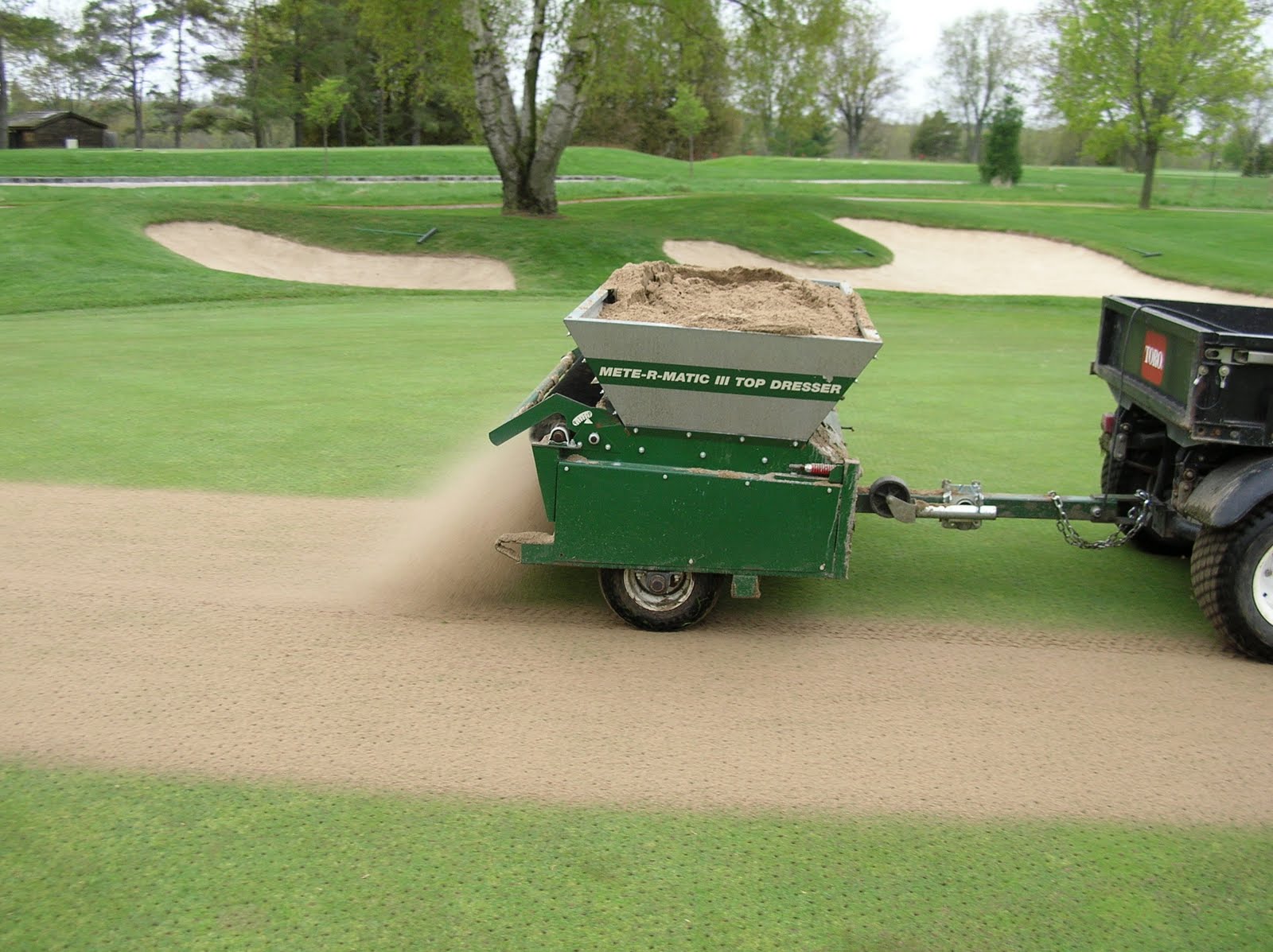
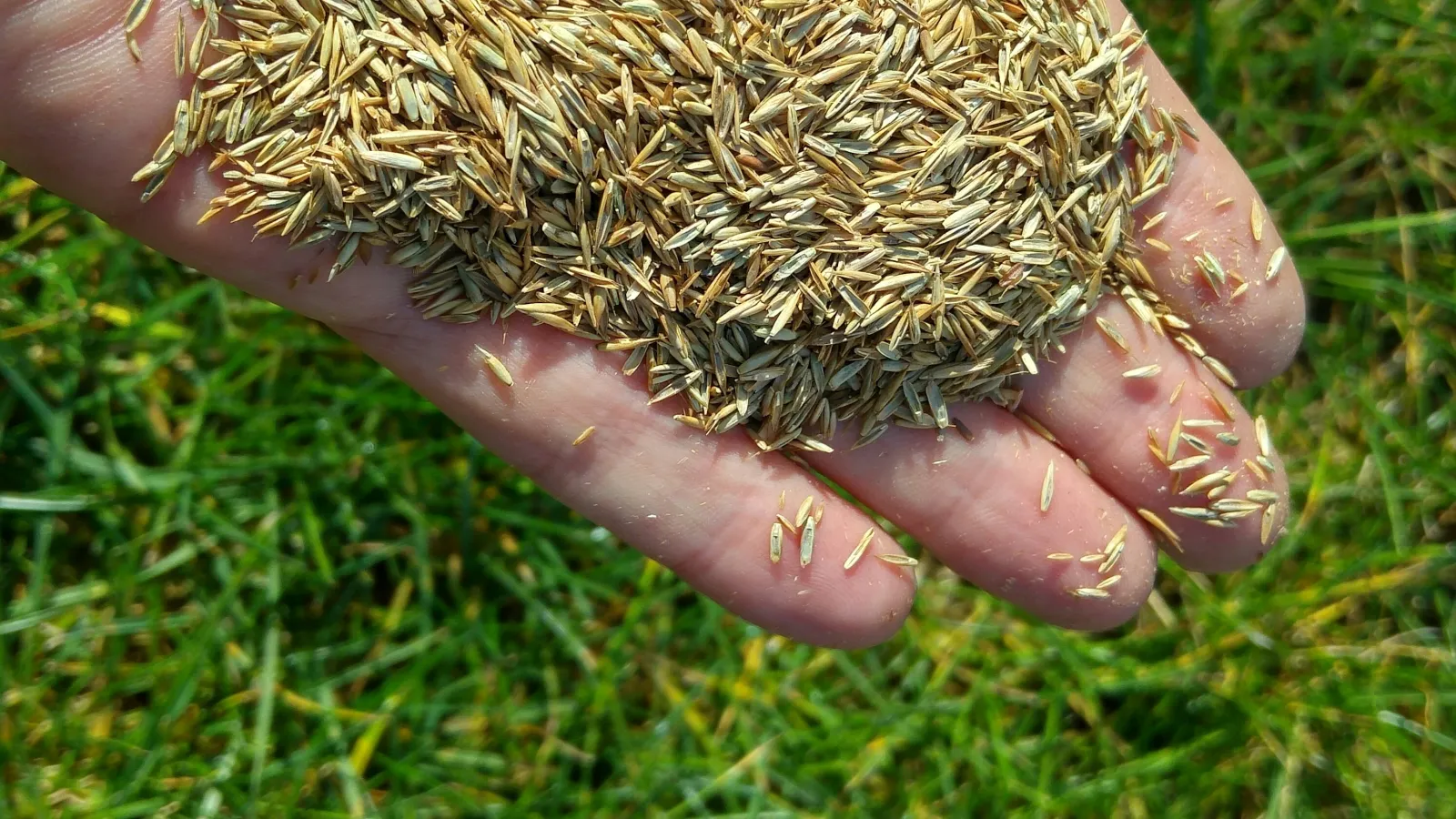
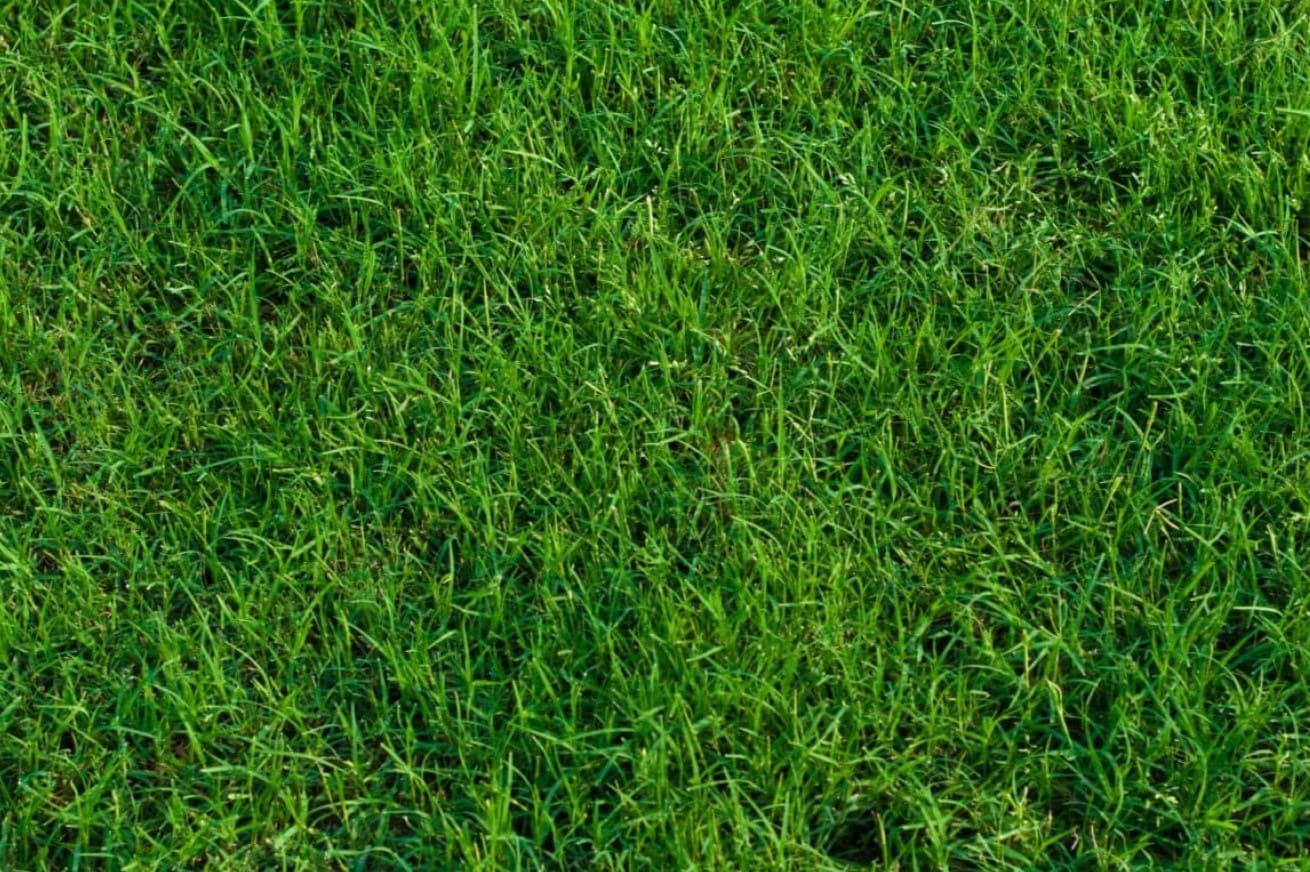

0 thoughts on “How To Care For Bermuda Grass”